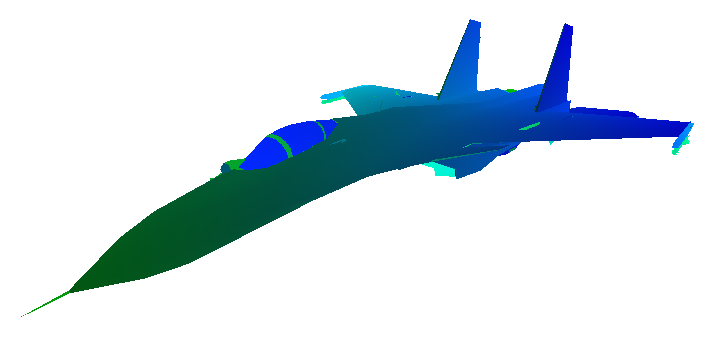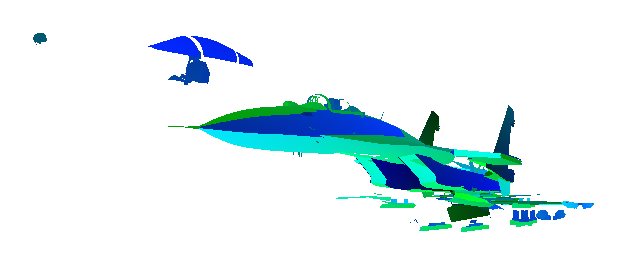I still haven’t got enough information, but it’s already much more than I expected from a first quick look. Aircraft configs are pretty much exposed by debug scripts, which, for some reason, were left in the game’s data. Did the developers wanted to make life easier for those who would dig through game’s resources, or they just didn’t give a fuck? Who knows. Horizon uses DDS as a texture format, so I will not have problems with textures at least.
So at this phase I only need to know how to load meshes and map files. I asked a friend of mine to use PIX to collect some information about render
 that could be useful in resource format research, but he returned depressed and exhausted, constantly repeating«so many batches… so many state changes… each camo layer bound as a separate texture…», so it won’t be a lot of help. Anyway, fhm file consists of 48byte header, uint32 chunks_count, chunk infos and chunks itself. NDXR-labeled chunk contains vertices and indices. I’ll post some already known data structure after I’ll obtain more info. I also found out that AH render uses triangle strips. The format is kinda odd and it’s difficult to understand their logic sometimes, but I managed to load and view various data. Some files render correctly and some looks like a complete mess, which provides me with another bit of useful information and gradually increases my understanding.
that could be useful in resource format research, but he returned depressed and exhausted, constantly repeating«so many batches… so many state changes… each camo layer bound as a separate texture…», so it won’t be a lot of help. Anyway, fhm file consists of 48byte header, uint32 chunks_count, chunk infos and chunks itself. NDXR-labeled chunk contains vertices and indices. I’ll post some already known data structure after I’ll obtain more info. I also found out that AH render uses triangle strips. The format is kinda odd and it’s difficult to understand their logic sometimes, but I managed to load and view various data. Some files render correctly and some looks like a complete mess, which provides me with another bit of useful information and gradually increases my understanding.
Well, that’s definitely not a bird nor a superman.






